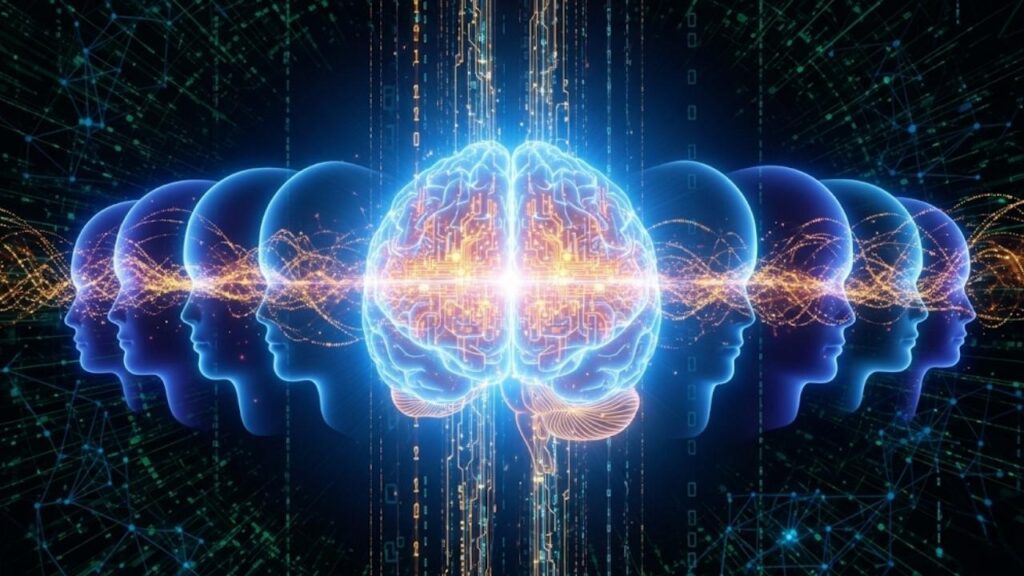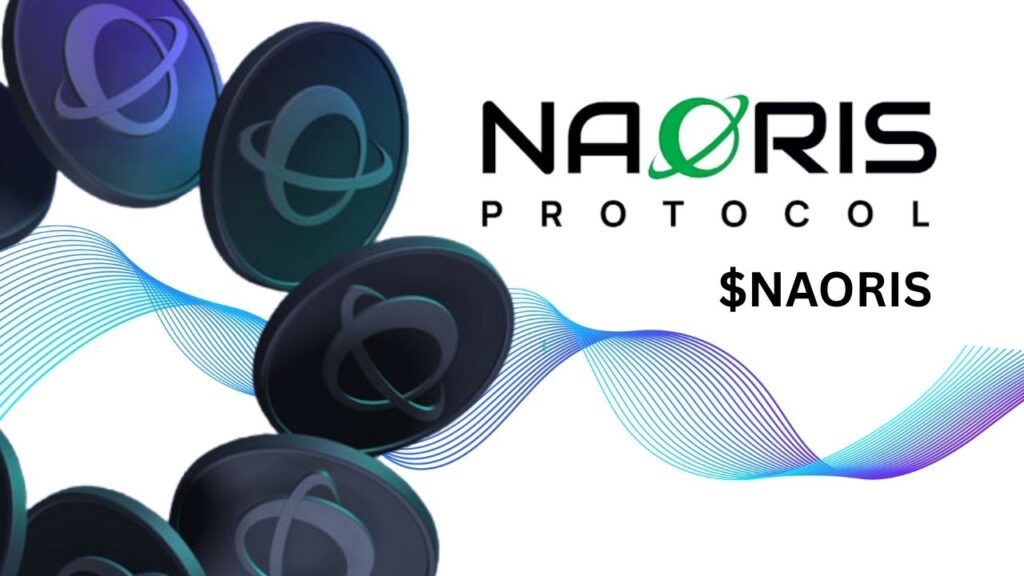Artificial intelligence (AI) is transforming how we interact with technology, and language models like ChatGPT are at the forefront of this revolution. But how well do these AI models really understand the world—especially something as basic and universal as color? A new study has taken a deep dive into this question, focusing on how ChatGPT interprets and describes the color red. The findings are both surprising and enlightening, revealing the strengths and limitations of AI in understanding human concepts.
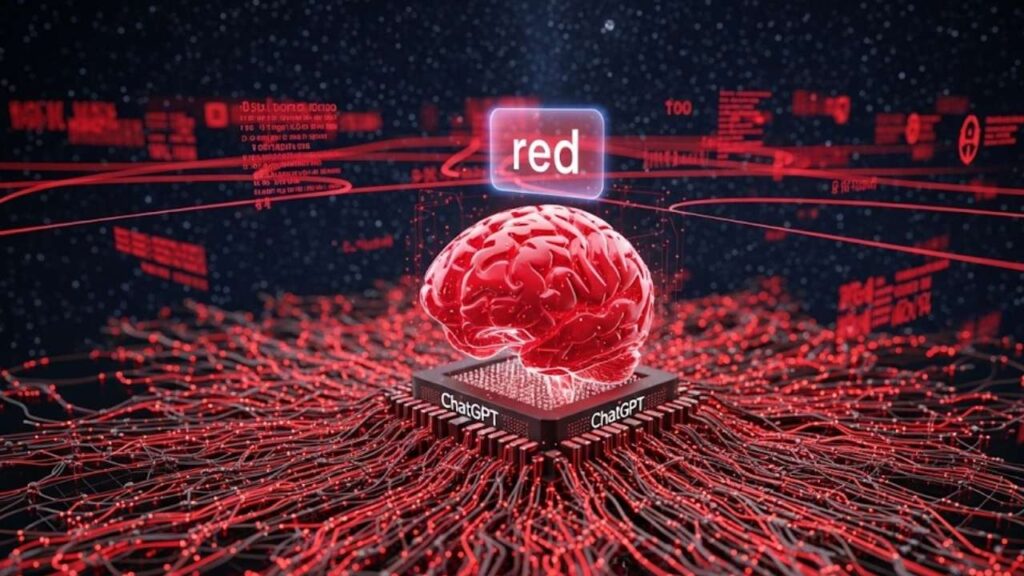
Whether you’re an AI enthusiast, educator, creative professional, or just curious about technology, this article will guide you through the latest research, practical implications, and expert advice on how AI “sees” the color red.
Table of Contents
How ChatGPT Interprets and Describes the Color Red
| Aspect | Key Data/Findings |
|---|---|
| Study Focus | Explores how ChatGPT interprets and describes the color red |
| Participant Groups | Color-seeing adults, colorblind adults, painters, ChatGPT |
| Key Finding | ChatGPT relies on emotional and cultural associations, not sensory experience |
| Novel Metaphor Interpretation | Painters outperformed ChatGPT and other humans in novel color metaphors |
| Practical Implication | AI models may need sensory data for deeper understanding |
ChatGPT interprets and describes the color red by relying on patterns found in language and culture, not through direct sensory experience. While it can convincingly explain and use common color metaphors, its understanding is fundamentally different from that of humans—especially those with rich, hands-on experience, like painters. As AI continues to evolve, combining language data with sensory input could help bridge this gap. For now, human expertise remains essential for the deepest and most creative uses of color in language, art, and design.
Understanding the Research: What Does It Mean for AI to “See” Red?
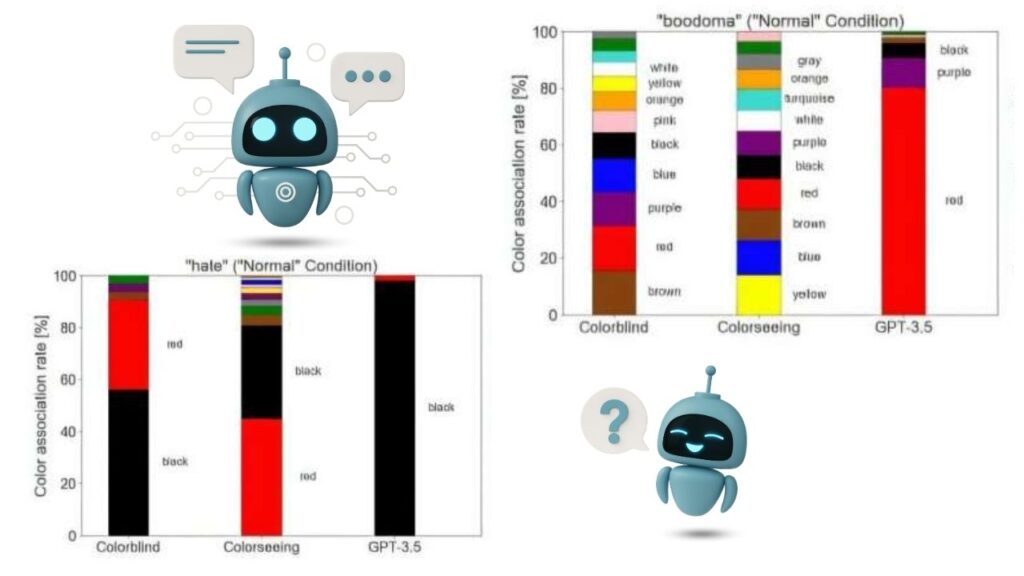
What Is ChatGPT?
ChatGPT is a state-of-the-art language model created by OpenAI. It’s trained on vast amounts of text from books, articles, and websites to generate human-like responses to questions and prompts. However, unlike humans, ChatGPT doesn’t have senses—it can’t see, touch, or hear. Everything it knows about the world comes from language alone.
Why Study Color Understanding in AI?
Color is not just a visual phenomenon—it’s deeply woven into our language, culture, and emotions. We use colors to express feelings (“I’m feeling blue”), describe danger (“red alert”), and create vivid imagery (“a sea of green”). Understanding how AI interprets these concepts helps us see both its capabilities and its boundaries.
How the Study Was Designed
A multidisciplinary team of researchers set out to compare how different groups interpret and describe color, especially red. The study included:
- Color-seeing adults: People with typical color vision.
- Colorblind adults: Individuals who experience color differently.
- Painters: Artists with extensive hands-on experience using color.
- ChatGPT: The AI language model, tested with the same questions as humans.
Participants were asked to:
- Assign colors to abstract concepts (like “physics” or “honesty”).
- Interpret familiar color metaphors (such as “seeing red”).
- Explain new or unusual color metaphors (“the meeting made him burgundy”).
- Justify their reasoning for each answer.
This design allowed researchers to see not only what answers were given, but also the reasoning behind them.
What Did the Study Discover?
Humans: Language, Experience, and Color
One of the most striking results was the similarity between color-seeing and colorblind adults in interpreting color metaphors. Both groups relied heavily on cultural and emotional associations rather than personal visual experience. For example, even colorblind participants could explain that “seeing red” means being angry, based on how the phrase is used in conversation and media.
However, when it came to interpreting novel or unfamiliar metaphors, painters stood out. Their daily, hands-on experience with mixing and using colors gave them a richer, more flexible understanding of what colors could mean in new contexts. For instance, a painter might interpret “the meeting made him burgundy” as suggesting a mood that’s both intense and refined, drawing on their knowledge of the color’s physical and emotional qualities.
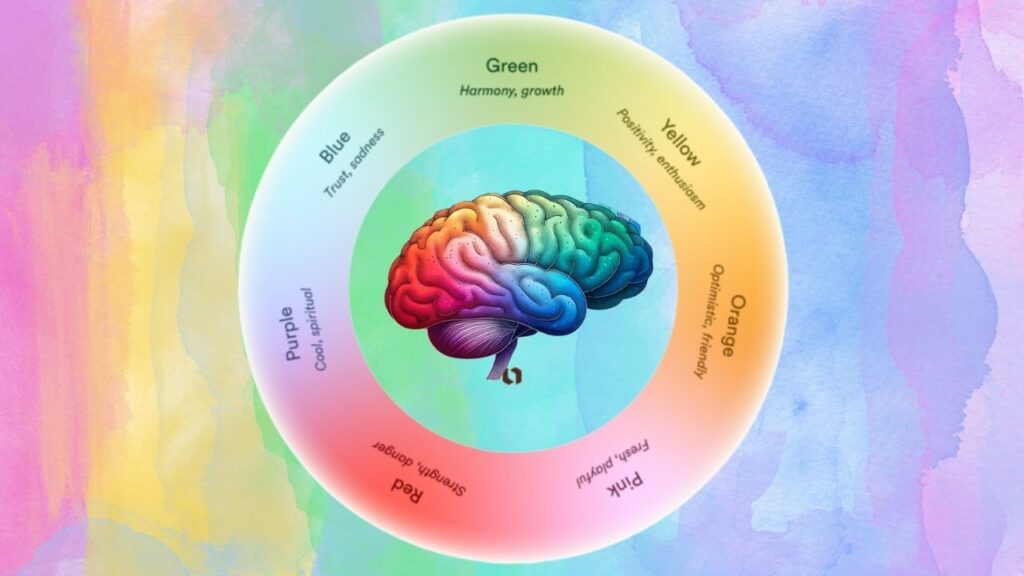
ChatGPT: Consistency Without Sensory Experience
ChatGPT’s responses were impressively consistent and often matched the cultural and emotional associations made by humans. When asked what red symbolizes, ChatGPT frequently referenced passion, love, anger, or danger—reflecting common language patterns.
Yet, the AI struggled with unfamiliar metaphors or tasks requiring a reversal of typical associations. For example, when asked to interpret the opposite of a familiar color phrase, ChatGPT sometimes defaulted to literal or less creative explanations. Unlike painters, ChatGPT never referenced personal or sensory experiences—because it simply doesn’t have them.
The Science Behind Color Perception and Language
Why Do Humans Associate Red With Certain Emotions?
The link between color and emotion is both biological and cultural. Red is a highly visible color in nature—think of ripe fruit, blood, or fire. This visibility has made red a symbol of alertness, excitement, and sometimes danger across many cultures.
In language, red is often used to express strong feelings. Phrases like “red-hot,” “paint the town red,” or “caught red-handed” show how deeply color is embedded in our thinking. These associations are learned from a young age, through stories, art, and daily conversation.
How Does ChatGPT Learn About Color?
ChatGPT learns by analyzing patterns in the text it’s trained on. It doesn’t have access to images or direct sensory data. If millions of people write that “red means love or anger,” ChatGPT will pick up on this pattern and repeat it. However, it cannot draw on real-world experience or personal memory.
Practical Advice: Using ChatGPT for Color-Related Tasks

Everyday Uses
- Explaining Color Metaphors: ChatGPT is excellent at explaining common color phrases and idioms, making it a helpful tool for students, writers, and language learners.
- Brainstorming Ideas: If you need creative ideas for party themes, marketing slogans, or storytelling, ChatGPT can suggest color associations based on cultural trends.
Professional Applications
- Writers and Marketers: Use ChatGPT to generate lists of color associations for branding or advertising. For example, “What emotions does red evoke in Western culture?”
- Teachers: ChatGPT can help explain to students why certain colors are used in literature or art to convey emotion.
- Designers and Artists: While ChatGPT can offer general advice, remember that its understanding is based on language, not visual experience. For nuanced design choices, rely on your own expertise or consult with other professionals.
Step-by-Step Guide: How to Use ChatGPT for Color Interpretation
1. Ask Clear, Direct Questions
- Example: “What does the color red symbolize in different cultures?”
- ChatGPT will provide a summary based on language patterns.
2. Explore Color Metaphors
- Example: “Explain the phrase ‘seeing red.’”
- ChatGPT can describe its meaning and cultural context.
3. Test Creativity With New Metaphors
- Example: “What might ‘a golden meeting’ suggest?”
- ChatGPT may offer ideas, but remember its limits with novel or unusual phrases.
4. Compare With Human Insight
- Use ChatGPT’s suggestions as a starting point, then add your own experience or consult experts for tasks requiring deep understanding or creativity.
5. Use for Learning and Teaching
- ChatGPT can help explain why certain colors are used in stories, art, or branding, making it a useful educational tool.
The Future of AI and Color Understanding
The study suggests that while language models like ChatGPT are powerful, they lack the sensory grounding that humans have. Researchers believe that future AI systems may benefit from being trained on sensory data—such as images, sounds, or even tactile information—to develop a more nuanced understanding of the world.
This evolution could lead to AI that not only understands language but also has a deeper, more flexible grasp of human experience. For now, though, the partnership between human creativity and AI’s language abilities offers the best results.
People Are Using AI Chatbots to Guide Their Psychedelic Trips—and It’s Wild
Elon Musk’s xAI Gets Greenlight for Turbines to Power Supercomputer in Memphis
Researchers Develop Better Method for Training AI to Handle Complex Tasks
FAQs About How ChatGPT Interprets and Describes the Color Red
Can ChatGPT actually see or perceive the color red?
No. ChatGPT does not have senses. It cannot see or perceive colors. Its understanding of red is based entirely on language patterns found in its training data.
How does ChatGPT describe the color red?
ChatGPT describes red using common emotional and cultural associations, such as love, passion, anger, or danger. It does not draw on personal experience or visual memory.
Is ChatGPT’s understanding of color as good as a human’s?
ChatGPT is very good at repeating familiar color associations and metaphors, but it struggles with new or creative uses of color. Humans, especially those with hands-on experience like painters, have a richer understanding.
Why do painters perform better in the study?
Painters work with color daily, giving them a deeper and more flexible understanding of how colors can be used in both art and language.
Will future AI models be able to “see” colors?
Researchers are exploring ways to give AI access to sensory data, which could help models develop a more human-like understanding of color and other experiences.


